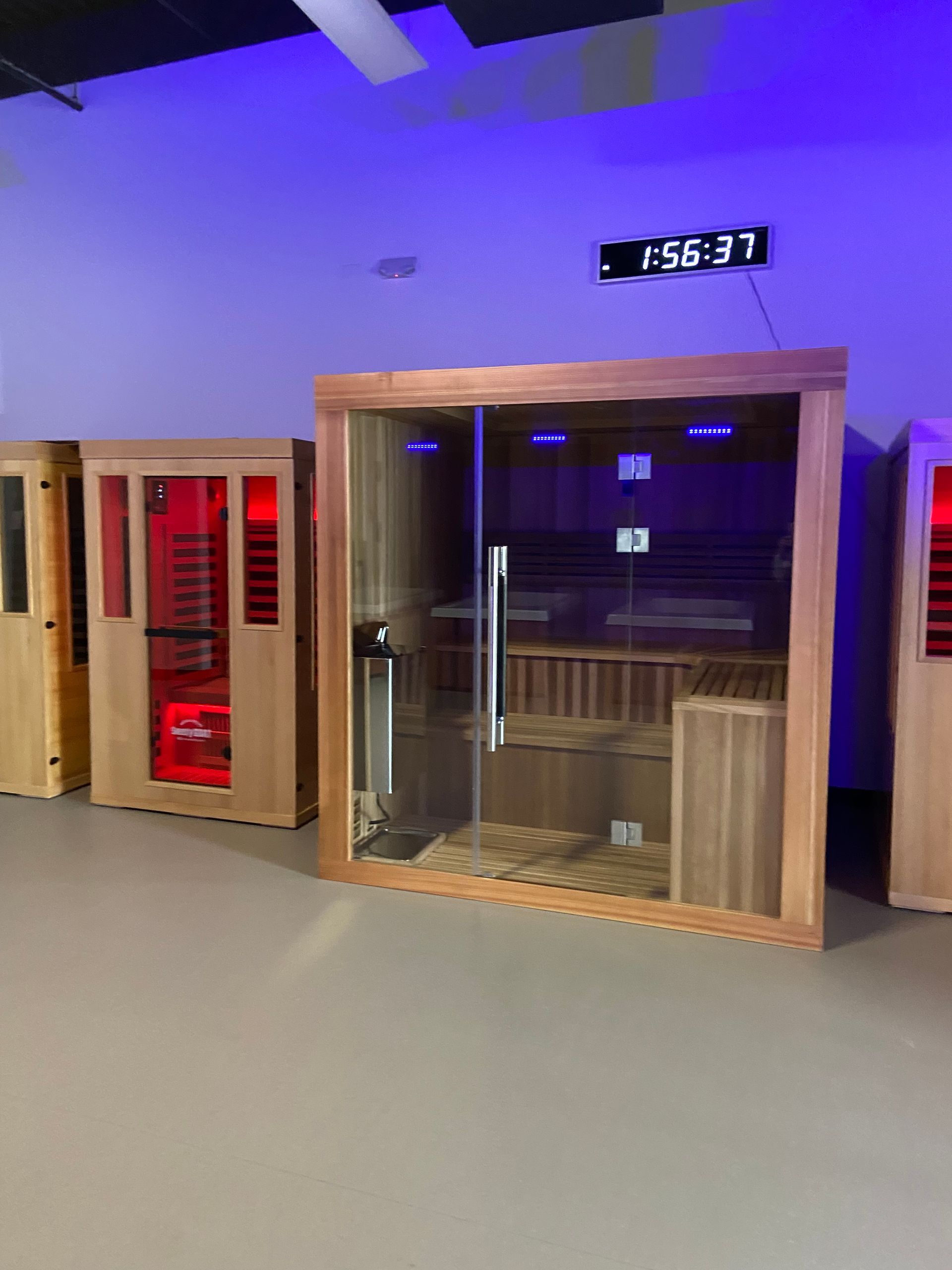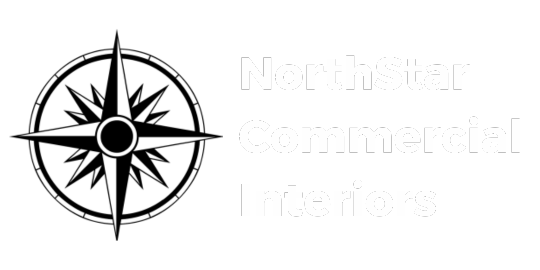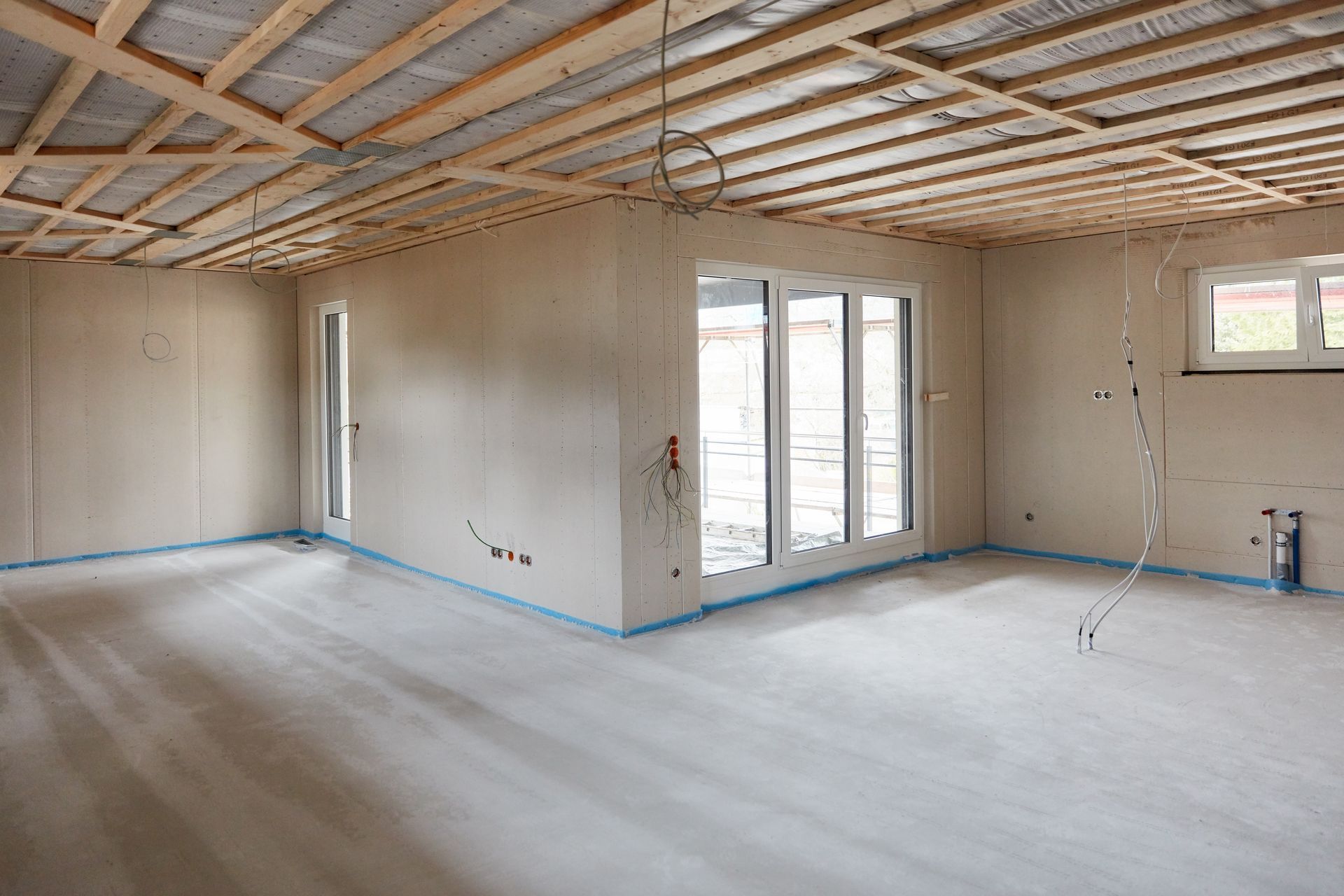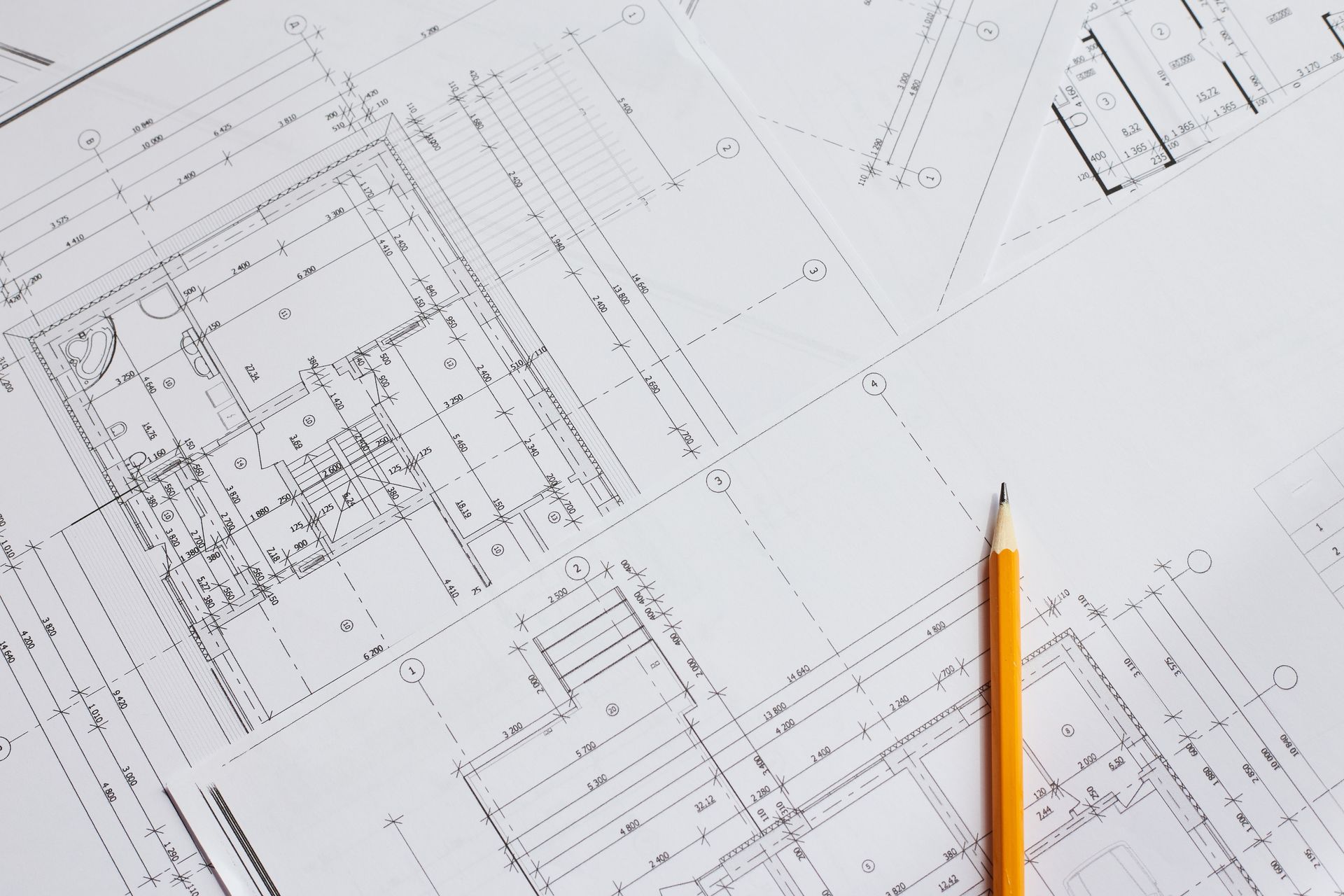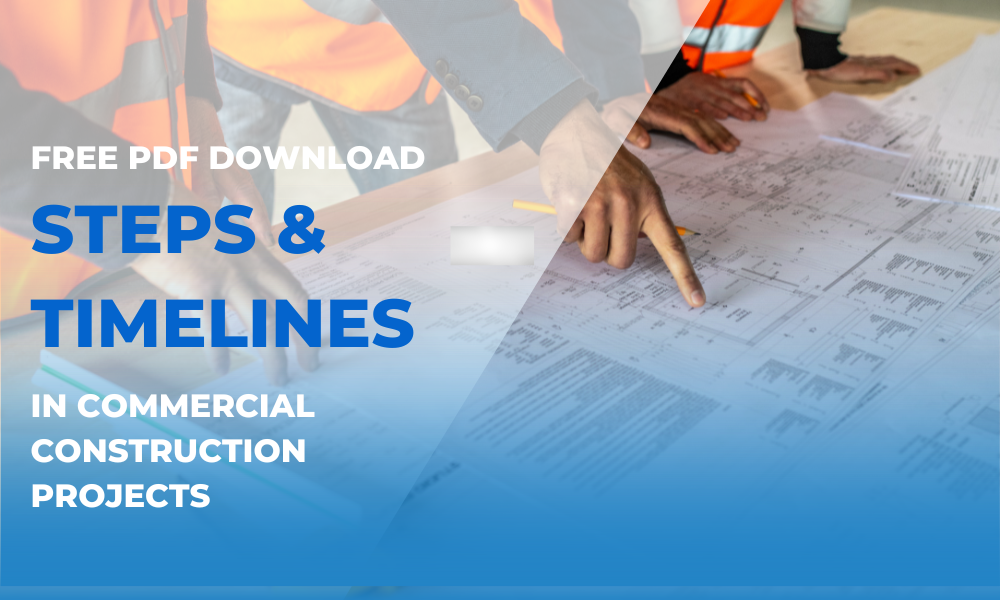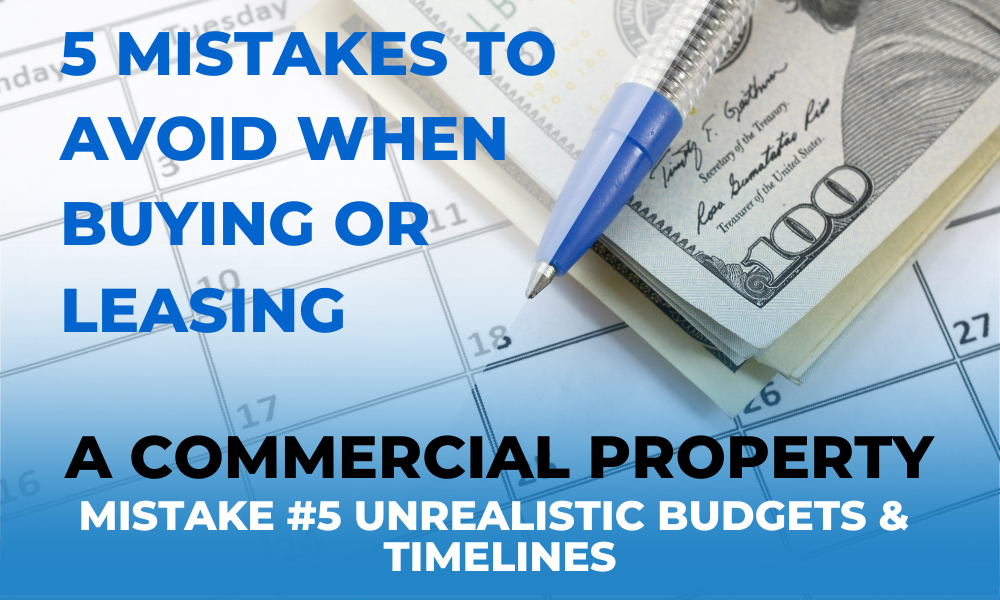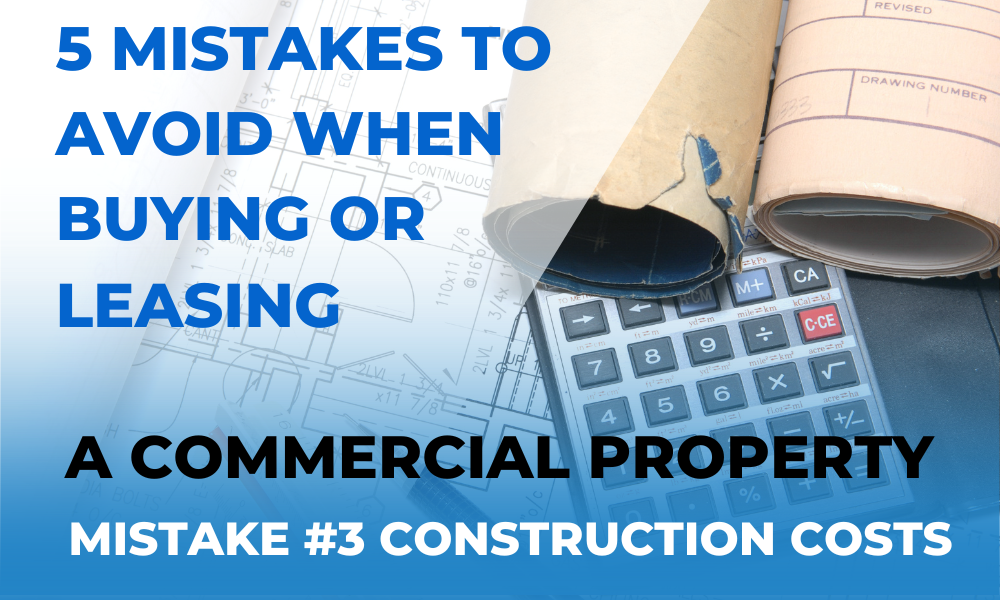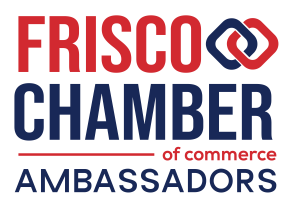How Good Planning Can Save You Thousands on Your Shell Space Finish-Out

Smart planning reduces shell space finish-out costs by 15% to 30%, depending on project size and complexity. Shell space projects can escalate quickly without a clear plan. Good planning helps business owners stay on budget, move in faster, and avoid common traps that cost both time and money.
Planning the Right Layout Saves Thousands in Construction Changes
Building the right layout during the planning phase prevents costly construction changes later. Every wall you move after framing starts could cost between $500 to $1,000 depending on the material and local labor rates.
Business owners should:
- Map traffic flow: For example, design entrances near the reception area.
- Limit plumbing moves: Keeping bathrooms where plumbing already exists saves an average of $2,000 per fixture.
- Group similar functions: Grouping breakrooms, server rooms, and restrooms near mechanical systems reduces HVAC and electrical costs.
Early Permitting and Inspections Avoid Expensive Delays
Submitting permit applications early in the process prevents timeline delays that cost money. City permit review times average 3-6 weeks across Collin and Denton County, depending on project complexity.
Delays in approvals force contractors to pause work, which could cost $2,500 to $5,000 per week in idle labor, re-mobilization fees, and rescheduling costs.
Business owners benefit by:
- Finalizing floorplans early
- Partnering with contractors familiar with local codes
- Preparing all required documents in advance
Pre-Selecting Materials Controls Pricing and Avoids Rush Fees
Choosing materials early helps avoid price hikes and rush-order fees. Material costs for commercial finish-outs can fluctuate by 5% to 15% quarterly due to supply chain conditions.
Early material selections save thousands by:
- Locking in bulk pricing for drywall, flooring, and fixtures
- Avoiding shipping surcharges on special orders
- Preventing last-minute substitute products that may not meet quality standards
For instance, pre-ordering ceiling tiles can save up to $3 per square foot compared to urgent shipping.
Budgeting at least a 10% Contingency Fund Can Prevent Financial Stress
It is important to understand that, in the world of construction, there are many things outside of our control that can directly impact costs and timeframes.
- Builder/Developer delays delivering the space
- Low-cost contractors cutting corners or using inferior products in the shell space, requiring costly repairs or modifications
- Product costs and availability
- Correcting unintended consequences of otherwise perfectly good decisions
- Changes in original plans
Prioritizing Functional Needs Over Aesthetic Extras Reduces Budget Creep
Spending on features that support business operations should come first. Decorative upgrades like designer tiles or high-end cabinetry can add 10% or more to the project budget.
Owners should prioritize:
- Durable flooring for high-traffic areas
- Energy-efficient lighting for lower utility costs
- Proper soundproofing in offices and treatment rooms
Choosing luxury items later, after essentials are met, ensures essential functions stay funded.
Working With a Local Contractor Minimizes Miscommunication and Travel Delays
Choosing a contractor based in Collin or Denton County saves time and money. Local contractors know permitting offices, inspection requirements, and local material suppliers.
A local contractor:
- Speeds up permit approvals by submitting compliant plans
- Reduces travel-related delays for project managers and crews
- Sources cost-effective, readily available materials
Fewer travel days equals fewer lost hours and lower labor charges.
Weekly Progress Meetings Prevent Expensive Rework
Scheduling short weekly meetings with the contractor ensures any issues get addressed early, not after expensive mistakes happen.
Good communication saves money by:
- Catching incorrect installations before inspections
- Reviewing changes in design or materials promptly
- Adjusting construction schedules to prevent downtime
For example, catching a wrong door frame placement early saves $400 to $600 in demolition and reinstall costs.
Accurate Measurements Reduce Wasted Materials
Incorrect dimensions for walls, cabinetry, or flooring waste materials and increase costs. Ordering 10% extra material is standard, but poor planning could push waste to 20%-30%.
Precise field measurements by your contractor:
- Minimize over-ordering
- Reduce landfill disposal fees
- Allow for tighter project cost control
Accurate initial site surveys save hundreds to thousands of dollars, especially in spaces over 2,000 square feet.
Phased Move-In Options Keep Cash Flow Stable
Good planning allows businesses to phase their move-in if necessary. Phasing construction can reduce upfront costs by prioritizing essential areas first, then finishing less critical spaces later.
For example:
- Building out the lobby and customer service areas first
- Completing back-office areas as cash-flow allows
This phased approach helps small businesses generate revenue faster while minimizing early cash outflow.
Good Planning Is an Investment, Not an Expense
Shell space finish-outs present incredible opportunities for business owners to create customized, functional spaces. But without detailed planning, they can become costly, stressful projects that delay your grand opening and damage your budget.
Smart planning saves money by:
- Reducing construction changes
- Avoiding permitting and inspection delays
- Controlling material costs
- Preventing financial surprises
- Keeping contractors aligned and accountable
When you invest time in proper planning before construction starts, you build a stronger foundation for your future success.
Ready to turn your empty shell into a space built for success? NorthStar Commercial Interiors is a trusted commercial general contractor proudly serving Collin and Denton County, Texas. We specialize in helping small business owners and medical practitioners navigate every stage of the commercial construction process, including remodels, shell space finish-outs, and more. Our team understands the importance of smart planning, clear communication, and sticking to your budget. Let’s build a space that works as hard as you do. Contact us today or call at 972-813-9190 to get started with a team that knows how to make your project smooth, efficient, and cost-effective.
Share your thoughts
Read more posts from NorthStar
